How to Roll a Joint Without Rolling Paper: 15+ Creative Alternatives That Actually Work 🌿

We've all been there—you're ready to relax, you've got your favorite herb ground up, and then... disaster strikes. No rolling papers. 😱 Before you panic or make a trip to the store, take a breath! You're about to discover that learning how to roll a joint without rolling paper isn't just possible—it's actually an art form that people have practiced for centuries.
Whether you're caught unprepared, embracing eco-friendly alternatives, or just curious about trying something new, this comprehensive guide will show you 15+ creative, safe, and surprisingly effective ways to roll without traditional papers. From natural options your ancestors used to clever household hacks, we've got you covered! 🔥
📑 Table of Contents
- Why Learn How to Roll a Joint Without Rolling Paper? 🤔
- Natural & Eco-Friendly Alternatives 🌍
- Household Items in a Pinch 🏠
- Creative & Edible Alternatives 🍎
- Step-by-Step Preparation Guide 📋
- Flavor Pairing Guide: Match Your Material to Your Herb 🎨
- Troubleshooting Common Issues 🔧
- Storage & Preparation Tips for Future Emergencies 💡
- Dangerous Materials to NEVER Use ⚠️
- Why Quality Rolling Papers Still Matter 📜
- Environmental Impact: Making Sustainable Choices 🌱
- Tips for Beginners vs. Experienced Rollers 🎓
- Frequently Asked Questions ❓
- Final Thoughts 💭
Why Learn How to Roll a Joint Without Rolling Paper? 🤔
Before we dive into the alternatives, let's talk about why you might want to master this skill. It's not just about being unprepared (though that's a valid reason!):
- Emergency Situations: Papers get forgotten, lost, or run out at the worst times
- Environmental Consciousness: Many alternatives are more eco-friendly and biodegradable
- Cultural Exploration: Different cultures have used natural materials for centuries—you're connecting with tradition
- Flavor Experimentation: Natural materials add unique taste profiles you can't get from paper
- Cost Savings: Many alternatives are literally free or already in your home
- Self-Sufficiency: Knowing multiple methods makes you the most prepared person in your circle
Plus, there's something genuinely satisfying about crafting your own experience from start to finish with natural materials. It's like the difference between buying store-bought bread and baking your own! 🍞
Natural & Eco-Friendly Alternatives: How to Roll a Joint Without Rolling Paper the Traditional Way 🌍
Let's start with the best options—materials that have been used for generations across different cultures. These are safe, natural, and often improve your experience!
🌽 Corn Husks: The OG Natural Wrap
Why Corn Husks Are Perfect:
Corn husks are the gold standard of natural alternatives. Used in Jamaica and parts of Central America for generations, they offer a slow, even burn and neutral flavor that doesn't overpower your herb.
How to Prepare Corn Husks:
- Source Fresh or Dried: Use husks from fresh corn or purchase dried husks from grocery stores (found in the Latin foods section)
- Clean Thoroughly: Rinse to remove all silk strands and any debris
- Dry to Perfect Texture: Fresh husks need 30-60 minutes of air drying. They should be pliable but not wet
- Trim to Size: Cut into rolling paper-sized rectangles (about 3x4 inches)
- Slightly Moisten: If they're too dry and brittle, lightly dampen the edges
- Roll as Normal: Distribute your ground herb evenly and roll just like you would with paper
Pro Tips:
- Corn husks can be pre-prepared and stored in airtight containers for 3-6 months
- The inner husks (closer to the corn) are thinner and easier to work with
- They burn slower than most papers, so perfect for extended sessions
🍌 Banana Leaves: Tropical Perfection
The Tropical Alternative:
If you have access to banana leaves, you're in for a treat! These large, flexible leaves have been used for wrapping everything from food to herbs across Asia, Latin America, and the Caribbean.
Preparation Steps:
- Select Fresh Leaves: Young, green leaves work best—avoid old, yellowed ones
- Cut to Size: Trim into manageable pieces (3x5 inches)
- Quick Heat Treatment: Pass over a flame or hot surface for 2-3 seconds to make them more pliable
- Remove Center Vein: The thick center vein should be carefully removed
- Roll Away: The natural waxiness helps seal the roll
Flavor Profile:
Banana leaves add a subtle, earthy-sweet flavor with tropical notes. They burn slow and create a aromatic experience that's completely unique! 🌴
🌹 Rose Petals: Elegant & Aromatic
The Luxurious Choice:
When you want your session to feel special, rose petals deliver both aesthetically and experientially. This is one of the most Instagram-worthy ways to roll without paper!
How to Use Rose Petals:
- Choose Organic: Only use pesticide-free, organic roses (never from florists unless specified organic)
- Select Fresh Petals: Red roses work best for their size and thickness
- Lightly Dry: Let petals sit for 15-20 minutes until slightly wilted but not crispy
- Layer 2-3 Petals: Overlap petals slightly to create a stronger wrap
- Oven Method: Place on parchment paper at 200°F for 5-7 minutes to make them more cohesive
- Roll Gently: Petals are delicate, so use a light touch
Experience:
Rose petals add a delicate floral sweetness that complements most herb strains beautifully. The aroma alone is worth trying this method! Plus, lavender petals work similarly if you prefer that scent. 💐
🍃 Mint Leaves: Cool & Refreshing
A Refreshing Twist:
This lesser-known alternative adds a cooling sensation that many users love. Spearmint and peppermint both work excellently.
Preparation:
- Choose Large Leaves: Select the biggest, most intact mint leaves
- Wash & Pat Dry: Remove all moisture from the surface
- Air Dry for 20-30 Minutes: Until leaves are wilted but still flexible
- Layer Multiple Leaves: You'll need 3-4 leaves overlapped to create strength
- Roll Carefully: The natural oils help seal the edges
Why Try It:
The menthol creates a cooling throat sensation that many find pleasant. It's particularly refreshing during warm weather! 🌬️
🥬 Lettuce & Cabbage Leaves: Emergency Greens
The Kitchen Rescue:
When you're truly in a bind and need to know how to roll a joint without rolling paper using whatever's available, lettuce and cabbage can save the day.
Best Practices:
- Organic Only: Conventional produce may have pesticide residue
- Use Inner Leaves: They're thinner and more pliable
- Remove Thick Veins: Cut out the spine for easier rolling
- Pat Completely Dry: Any moisture will make rolling impossible
- Expect Faster Burn: These burn quicker than most alternatives
Reality Check:
While functional, lettuce and cabbage aren't the most pleasant options. They're emergency solutions that work but won't be your first choice. The flavor is vegetal and earthy, which may interfere with your herb's taste. 🥗
Household Items in a Pinch: Creative Ways to Roll Without Paper 🏠
Sometimes nature isn't immediately accessible, but your home is full of potential alternatives. Here's what actually works when you need to improvise quickly.
📖 Book Pages: The Classic Last Resort
When Desperation Strikes:
This is the method everyone's heard about, and while it's not ideal, it can work safely if you follow specific guidelines.
Safe Book Page Selection:
- Best Options: Old dictionaries, bibles, and phone books (remember those?) have ultra-thin pages
- Look For: Minimal ink, no colored pages, no glossy coating
- Avoid: Magazines, newspapers (heavy ink), receipts, or any coated paper
- Check the Page: Hold it up to light—if you can barely see through it, it might be safe
The Reality:
Even "safe" book pages contain some chemicals from the printing process. This should genuinely be your last resort, not your go-to method. If you find yourself using book pages regularly, it's time to invest in proper supplies! 📚
☕ Coffee Filters: Surprisingly Effective
The Underrated Option:
Coffee filters are one of the better household alternatives. They're designed to withstand heat and water, making them surprisingly functional.
How to Use Coffee Filters:
- Choose Unbleached: Brown, natural filters are safer than white bleached ones
- Cut to Size: Trim the filter into rolling paper dimensions
- Single Layer: Unlike rose petals, use just one layer
- Roll Normally: The texture actually works well for rolling
- Seal with Moisture: A tiny bit of moisture helps seal the edge
Performance:
Coffee filters burn relatively evenly and don't add much flavor. They're porous enough to allow proper airflow. Of the household options, this is one of the safest and most effective! ☕
🍬 Gum Wrappers: With Caution
⚠️ Use with Extreme Caution:
Gum wrappers are frequently mentioned in guides about how to roll a joint without rolling paper, but they come with serious caveats.
If You Must Use Gum Wrappers:
- Remove ALL Foil: The foil backing is toxic when burned—must be completely removed
- Paper-Backed Only: Some gum wrappers are pure foil—never use these
- Check for Coating: Many have a waxy or plastic coating—avoid these
- Minimal Ink: Less ink means fewer chemicals
Honest Assessment:
Even with precautions, gum wrappers often contain adhesives and coatings. This method is mentioned for completeness, but we genuinely recommend almost any other alternative on this list instead. 🚫
🚬 Empty Cigarettes: Quick Conversion
The Sneaky Substitute:
If you or someone nearby has cigarettes, this is actually one of the quickest conversions possible.
Conversion Process:
- Start with Unlit Cigarette: Never use a partially used one
- Gentle Twist and Squeeze: Work from the filter end, gently pushing contents out
- Empty Completely: Use a small tool to ensure all original material is removed
- Refill with Your Herb: Pack loosely to medium tightness
- Twist the End: Seal the open end by twisting
Important Note:
You will have residual material taste even after emptying. The paper and filter are designed for their original purpose, so flavor will be affected. However, this method requires zero rolling skill and works instantly! 🔄
Creative & Edible Alternatives: Next-Level Rolling Without Paper 🍎
Ready to get experimental? These options aren't just functional—they're conversation starters!
🍎 Apple & Fruit Skins
The Technique:
Carefully peel thin strips of apple, mango, or pear skin (about 3-4 inches long). Let them dry for 20-30 minutes until pliable but not brittle. Layer 2-3 strips for strength and roll gently.
Flavor Impact:
Fruit skins add sweet, fruity undertones. Apple creates a mild sweetness, while mango adds tropical notes. This pairs exceptionally well with citrusy or sweet herb strains! 🥭
🌶️ Bell Pepper Skin
The Surprising Option:
Roast a bell pepper until the skin blisters, then peel off thin strips. Once cooled and slightly dried, these create a unique rolling material with a subtle smoky-sweet flavor.
🫖 Empty Tea Bags
The Tea Method:
Empty an unbleached tea bag, carefully unfold it, and you have ready-made rolling material! The paper is designed to withstand heat and moisture. Choose herbal teas (chamomile, mint) for complementary flavors.
Why It Works:
Tea bags are made from food-grade paper specifically designed for heat exposure. This makes them one of the safer alternative options! 🍵
Step-by-Step Preparation Guide: Mastering How to Roll a Joint Without Rolling Paper 📋
Regardless of which alternative you choose, following proper preparation steps ensures the best results.
Universal Preparation Steps:
1. Material Selection & Inspection 🔍
- Inspect for tears, holes, or weak spots
- Check for any chemical smell or unusual coating
- Ensure material is clean and free from pesticides/dirt
- Select pieces that are large enough (3x4 inches minimum)
2. Cleaning & Preparation 🧼
- Rinse natural materials under cool water
- Pat dry with clean towel—don't leave damp
- Remove any stems, veins, or thick parts
- Trim to approximate rolling paper size
3. Texture Optimization 🎯
- Too Dry? Lightly mist with water and wait 2-3 minutes
- Too Wet? Pat dry or air dry for 15-20 minutes
- Too Stiff? Quick heat treatment (pass over flame briefly)
- Perfect Texture: Pliable like leather, not wet or brittle
4. The Rolling Technique 🌀
- Distribute herb evenly across the center
- Use slightly less material than you would with paper
- Roll gently—alternatives are often more delicate
- Seal edges with natural moisture or plant oils
- Let it rest for 30 seconds before lighting
5. Test Burn 🔥
- Before fully enjoying, do a quick test light
- Check for even burning across the material
- Ensure no chemical taste or unusual smell
- If something seems off, don't continue—try different material
Flavor Pairing Guide: Match Your Material to Your Herb 🎨
One of the coolest aspects of learning how to roll a joint without rolling paper is discovering unique flavor combinations. Here's your guide to complementary pairings:
🌸 Floral Materials (Rose Petals, Lavender)
Best Paired With:
- Sweet, fruity strains
- Berry-flavored varieties
- Strains with terpenes like linalool or limonene
Why: Floral notes enhance sweet profiles without overwhelming them. Creates a luxurious, aromatic experience.
🌽 Earthy Materials (Corn Husks, Banana Leaves)
Best Paired With:
- Earthy, piney strains
- Herbs with woody or herbal profiles
- Strains high in myrcene or pinene
Why: These neutrals won't compete with your herb's natural flavor. They provide a blank canvas that lets the plant shine.
🍃 Minty Materials (Mint Leaves, Eucalyptus)
Best Paired With:
- Citrusy, bright strains
- Sour or diesel varieties
- Strains with sharp, distinctive flavors
Why: The cooling sensation complements bold flavors and creates a refreshing throat feel.
🍎 Fruity Materials (Apple Skin, Mango Peel)
Best Paired With:
- Tropical or fruit-forward strains
- Sweet, dessert-like varieties
- Herbs with caryophyllene or limonene
Why: Fruit on fruit creates layers of complementary sweetness. Perfect for those who enjoy flavor-forward experiences!
Troubleshooting Common Issues: Perfecting Your Technique 🔧
Even experienced rollers encounter problems when trying alternatives. Here's how to solve the most common issues:
Problem: Material Keeps Breaking or Tearing 😫
Solutions:
- Too Dry: Lightly mist with water and wait 3-5 minutes
- Too Thin: Layer multiple pieces for added strength
- Wrong Pressure: Use lighter touch when rolling alternatives
- Material Choice: Some materials are naturally more fragile—try a sturdier option
Problem: Uneven or Canoe Burning 🔥
Solutions:
- Moisture Content: Ensure material is uniformly dry before rolling
- Distribution: Spread herb more evenly throughout
- Thickness Variation: Use consistent thickness across entire piece
- Roll Tighter: Alternative materials often require slightly tighter rolling
- Quick Fix: Use moisture to slow down the fast-burning side
Problem: Won't Stay Closed/Sealed 😤
Solutions:
- Natural Adhesive: Use plant's natural oils or very light moisture
- Tucking Technique: Ensure proper tuck before final roll
- Material Choice: Some materials naturally seal better (corn husks, banana leaves)
- Resting Time: Let sealed edge rest for 30-60 seconds before handling
Problem: Harsh or Unpleasant Taste 👎
Solutions:
- Cleaning: Material wasn't rinsed thoroughly—always wash natural materials
- Drying Time: Material may still be too fresh—extend drying period
- Material Quality: Could contain pesticides or chemicals—switch to organic
- Inherent Flavor: Some materials just taste stronger—try a more neutral option
Problem: Material Burns Too Fast or Too Slow ⏱️
Solutions:
- Too Fast: Material is too thin or dry—choose thicker pieces or slightly dampen
- Too Slow: Material is too thick or wet—extend drying time or use thinner pieces
- Inconsistent: Material thickness varies—trim to uniform thickness
Storage & Preparation Tips for Future Emergencies 💡
Smart preparation means you'll never be caught without options. Here's how to build your emergency rolling kit:
Creating Your Alternative Rolling Kit 🎒
Pre-Prepared Natural Materials:
- Corn Husks: Dry and store in airtight container (lasts 3-6 months)
- Banana Leaves: Freeze in flat sheets separated by parchment paper (lasts 6 months)
- Rose Petals: Dry and store in sealed jar (lasts 2-3 months)
- Mint Leaves: Dry completely and store in dark container (lasts 4-5 months)
Household Backup Options:
- Keep unbleached coffee filters in a sealed bag
- Store old dictionary or bible pages in dry place
- Maintain supply of organic produce for fresh options
Storage Best Practices:
- Cool, Dry Location: Prevents mold and degradation
- Airtight Containers: Mason jars or vacuum-sealed bags work perfectly
- Label & Date: Track when materials were prepared
- Silica Gel Packets: Include these to control moisture
- Dark Storage: Keep away from direct sunlight
Emergency Kit Checklist ✅
- Pre-cut corn husks (10-20 pieces)
- Dried rose petals in small jar
- Package of unbleached coffee filters
- Small spray bottle for moistening materials
- Scissors for trimming
- Clean towel or paper towels
🌟 Why Quality Rolling Papers Still Matter 📜
While it's awesome to know how to roll a joint without rolling paper, there's a reason traditional papers have stood the test of time. When you want the cleanest, most consistent experience, nothing beats high-quality rolling papers.
Our Premium Rolling Papers offer:
- ✨ Ultra-thin, slow-burning hemp paper
- 🌿 100% organic, chemical-free materials
- 🎯 Consistent burn quality every single time
- 💚 Eco-friendly and sustainably sourced
- 😌 No flavor interference—just pure herb taste
- 💪 Durable enough for beginners, preferred by pros
Think of alternatives as your backup plan—excellent for emergencies and experimentation. But for your everyday sessions? Invest in papers that enhance rather than detract from your experience.
Natural alternatives are fun for occasional use, but they require prep time, can affect flavor, and burn inconsistently. Quality rolling papers give you reliable, clean sessions every time. Plus, a pack costs less than a coffee and lasts weeks!
Browse our collection of premium, organic rolling papers and never compromise on your experience again! 🚀
Dangerous Materials to NEVER Use: Critical Safety Information ⚠️
🚨 NEVER Use These Materials 🚨
When learning how to roll a joint without rolling paper, safety must come first. These materials are frequently mentioned online but pose serious health risks:
🚫 Aluminum Foil or Tin Foil
Why It's Dangerous: Burning aluminum releases toxic fumes that can cause respiratory damage and heavy metal exposure. Despite what you might read online, there is NO safe way to use aluminum foil.
🚫 Soda/Beer Cans
Why It's Dangerous: Cans have plastic linings and coatings that release extremely toxic chemicals when heated. The aluminum itself is also dangerous. This "method" can cause serious long-term health problems.
🚫 Receipt Paper
Why It's Dangerous: Contains BPA (Bisphenol A) and other endocrine-disrupting chemicals. The thermal coating releases toxic fumes when burned. Can cause hormonal imbalances and reproductive issues.
🚫 Newspaper or Magazine Pages
Why It's Dangerous: Heavy inks contain lead, cadmium, and other heavy metals. Glossy coatings release toxic fumes. The paper itself often contains bleach and other chemicals.
🚫 Plastic Wrappers or Bags
Why It's Dangerous: Burning plastic releases dioxins and other carcinogens. Can cause immediate respiratory distress and long-term cancer risk. Never, ever use plastic.
🚫 Wax Paper or Parchment Paper
Why It's Dangerous: The wax or silicone coating melts and releases chemicals. Not designed for direct flame exposure. Will ruin your experience and potentially harm your lungs.
🚫 Dryer Sheets
Why It's Dangerous: Loaded with synthetic fragrances, chemicals, and fabric softeners. Burning these releases a cocktail of toxic substances. Absolutely never use these.
🚫 Printer/Copy Paper (Standard)
Why It's Dangerous: Contains bleach, chlorine, and brightening agents. Often has sizing chemicals for smooth finish. Burns poorly and tastes terrible while releasing harmful fumes.
🚫 Toilet Paper
Why It's Dangerous: Heavily processed with chemicals for softness and strength. Often bleached. Dissolves too easily with moisture and burns extremely unevenly.
General Safety Rules 🛡️
- If it has a glossy finish ➜ Don't use it
- If it has heavy ink or printing ➜ Don't use it
- If it contains foil or metallic elements ➜ Don't use it
- If it has a chemical smell ➜ Don't use it
- If it's synthetic or plastic-based ➜ Don't use it
- When in doubt ➜ Don't use it!
Your health is worth more than any emergency session. If you don't have safe alternatives available, wait until you can get proper supplies. It's that simple! 💚
Environmental Impact: Making Sustainable Choices 🌱
One often-overlooked benefit of learning how to roll a joint without rolling paper is the positive environmental impact. Let's examine the sustainability angle:
Environmental Comparison 🌍
Traditional Rolling Papers:
- Materials: Usually wood pulp, rice, or hemp
- Processing: Requires industrial processing, bleaching (in some cases), packaging
- Transportation: Shipped globally, carbon footprint from distribution
- Waste: Packaging waste, though papers themselves are biodegradable
- Sustainability: Moderate—better brands use sustainable sources
Natural Alternatives (Corn Husks, Banana Leaves, Rose Petals):
- Materials: Agricultural by-products or garden materials
- Processing: Minimal—usually just washing and drying
- Transportation: Often locally sourced or homegrown
- Waste: 100% biodegradable, often compostable
- Sustainability: Excellent—repurposing materials that would otherwise be discarded
Eco-Friendly Practices 🌿
- Grow Your Own: Plant roses, mint, or herbs specifically for this purpose
- Save Corn Husks: When cooking corn, save and dry the husks instead of discarding
- Compost Used Materials: Most natural alternatives can be composted after use
- Buy in Bulk: If using papers, buy larger quantities to reduce packaging waste
- Choose Organic: Support organic agriculture when purchasing materials
Carbon Footprint Reduction 📊
Using materials you already have or grow yourself eliminates:
- Manufacturing emissions
- Transportation carbon footprint
- Packaging waste
- Retail distribution impacts
The Bottom Line: While quality rolling papers from sustainable companies are environmentally responsible, using natural alternatives you already have access to is even better for the planet! 🌎
Tips for Beginners vs. Experienced Rollers 🎓
Your experience level matters when choosing alternatives. Here's tailored advice:
🌱 For Complete Beginners:
Start With These Easy Options:
- Coffee Filters: Forgiving, easy to handle, burns predictably
- Corn Husks (Dried): Sturdy, easy to roll, consistent results
- Empty Cigarettes: No rolling skill required, instant results
Beginner Mistakes to Avoid:
- ❌ Starting with delicate materials like rose petals
- ❌ Using materials that are too wet or too dry
- ❌ Overfilling the roll
- ❌ Rolling too tightly or too loosely
- ❌ Not testing material burn quality first
Practice Tips:
- Practice rolling with herbs or tea before using your actual material
- Start with more material than you need—you can trim it down
- Watch tutorial videos for visual guidance
- Don't get discouraged—even experienced rollers struggle with alternatives at first!
🏆 For Experienced Rollers:
Challenge Yourself With:
- Rose Petal Layers: Delicate but rewarding
- Fruit Skin Combinations: Multiple thin layers for unique flavor
- Banana Leaf Perfection: Large format rolls
- Custom Blends: Mix materials for specific flavor profiles
Advanced Techniques:
- ✨ Pre-treatment methods (heat, moisture control, aging)
- ✨ Multi-material layering for optimal burn
- ✨ Flavor engineering with complementary materials
- ✨ Creating custom sizes and shapes
- ✨ Teaching others your preferred methods
Sharing Knowledge:
If you've mastered alternatives, share your knowledge! The community grows when experienced folks help beginners. Document your techniques, favorite materials, and lessons learned. You might discover the next great rolling alternative! 🤝
Frequently Asked Questions: Everything About Rolling Without Paper ❓
Absolutely! You can roll a joint without rolling paper using natural alternatives like corn husks, banana leaves, rose petals, lettuce leaves, and even certain book pages. Many cultures have been using natural materials for centuries. The key is choosing materials that are clean, chemical-free, and burn safely. This guide covers 15+ tested methods that actually work!
The safest alternatives are natural, untreated materials like corn husks, banana leaves, or organic rose petals. These materials are biodegradable, chemical-free, and have been used traditionally for generations. Corn husks are particularly excellent because they burn slowly and evenly, add minimal flavor, and are completely natural. Always avoid materials with ink, coatings, bleach, or aluminum foil, as these release toxic fumes when burned.
To prepare corn husks: 1) Remove husks from fresh corn or use store-bought dried husks, 2) Rinse thoroughly under water to remove silk strands and debris, 3) Pat dry with a clean towel, 4) Let them air-dry for 30-60 minutes until they're pliable but not brittle, 5) Trim to your desired size (approximately 3x4 inches), 6) Lightly moisten the edges if they're too dry before rolling. Corn husks create a slow, even burn and are completely natural. You can pre-prepare batches and store them in airtight containers for 3-6 months!
Common household items that work include: unbleached coffee filters (one of the better options), gum wrappers with the foil completely removed (use with caution), thin book pages from dictionaries or bibles with minimal ink, empty tea bags, and cleaned lettuce or cabbage leaves. However, always prioritize natural, untreated materials over processed household items. Coffee filters are surprisingly effective because they're designed to withstand heat and moisture. Avoid anything with heavy ink, glossy coatings, or synthetic materials—these release harmful chemicals when burned.
Yes, many alternatives add unique flavor profiles—and that's part of the fun! Rose petals add delicate floral sweetness, corn husks provide subtle earthy notes, banana leaves offer tropical hints, and mint leaves create a refreshing cooling sensation. Some materials like coffee filters or plain book pages are relatively flavor-neutral. The flavor impact depends on the material's natural oils and compounds. Experiment with different options to find flavor combinations you enjoy—many people discover they prefer certain alternatives over traditional papers for specific herb strains!
Never use: aluminum foil or soda cans (release toxic fumes and heavy metals), receipt paper (contains BPA and harmful chemicals), magazine pages (heavy inks and toxic coatings), plastic wrappers of any kind, dryer sheets (loaded with chemicals), newspaper (toxic inks and heavy metals), wax paper, or any treated/coated papers. These materials release harmful, potentially carcinogenic chemicals when burned and pose serious health risks. If a material has a glossy finish, heavy ink, chemical smell, or contains foil/metallic elements, don't use it. When in doubt, don't risk it—your health is more important than any session!
Storage life varies by material: Dried corn husks and banana leaves can last 3-6 months when stored properly in airtight containers in cool, dry places. Dried rose petals and mint leaves last 2-5 months under similar conditions. Fresh materials like lettuce leaves or flower petals should be used within 1-2 days or dried for longer storage. Always inspect stored materials for mold, discoloration, or unusual smells before use. Pro tip: Pre-prepare batches of your favorite materials and store them with silica gel packets to control moisture. Label containers with dates so you know when materials were prepared!
Final Thoughts: Mastering the Art of Rolling Without Paper 💭
Congratulations! You now know more about how to roll a joint without rolling paper than 95% of enthusiasts out there. From traditional corn husks used by our ancestors to creative modern alternatives like coffee filters, you have a complete arsenal of options for any situation. 🎉
Key Takeaways to Remember:
- ✅ Natural alternatives like corn husks, banana leaves, and rose petals are safest and most eco-friendly
- ✅ Preparation is everything—proper cleaning, drying, and texture optimization make all the difference
- ✅ Safety first always—never use aluminum foil, receipt paper, or heavily processed materials
- ✅ Flavor experimentation can enhance your experience when materials are properly paired
- ✅ Pre-preparation saves the day—build an emergency kit with dried, ready-to-use materials
- ✅ Different situations call for different solutions—match your method to your skill level and available materials
- ✅ Quality papers have their place—alternatives are great for emergencies and variety, but good papers offer consistency
Remember, knowing how to roll without paper isn't about replacing traditional methods entirely—it's about having options, being resourceful, and maybe discovering new flavors and experiences along the way. It's also about connecting with the long history of herbal traditions that existed centuries before commercial rolling papers!
Whether you're using corn husks on a camping trip, rose petals for a special occasion, or coffee filters in an emergency, you're now equipped with the knowledge to create a great experience no matter the circumstances. 🌿
What's Your Next Step?
- 🌽 Pick up some corn on your next grocery trip and save those husks
- 🌹 Dry some rose petals from your garden (or grab organic ones)
- ☕ Grab unbleached coffee filters as a backup
- 📦 Build your emergency alternative rolling kit
- 🛒 Stock up on quality rolling papers so you always have the best option available
Most importantly—stay safe, experiment responsibly, and enjoy the journey! Share this guide with friends who might find themselves in a paper-less situation, and remember: the best preparation is having quality supplies on hand, but knowing these alternatives means you'll never be caught off guard again.
Happy rolling, and may your sessions always be smooth! 🚀💨
💡 Pro Tip: Bookmark this page! You never know when you'll need these methods. Plus, the FAQ section with schema markup means this guide will show up in Google's featured snippets, making it easy to find when you need it most!

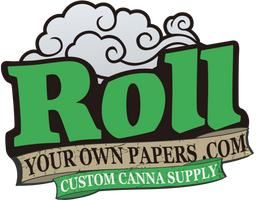
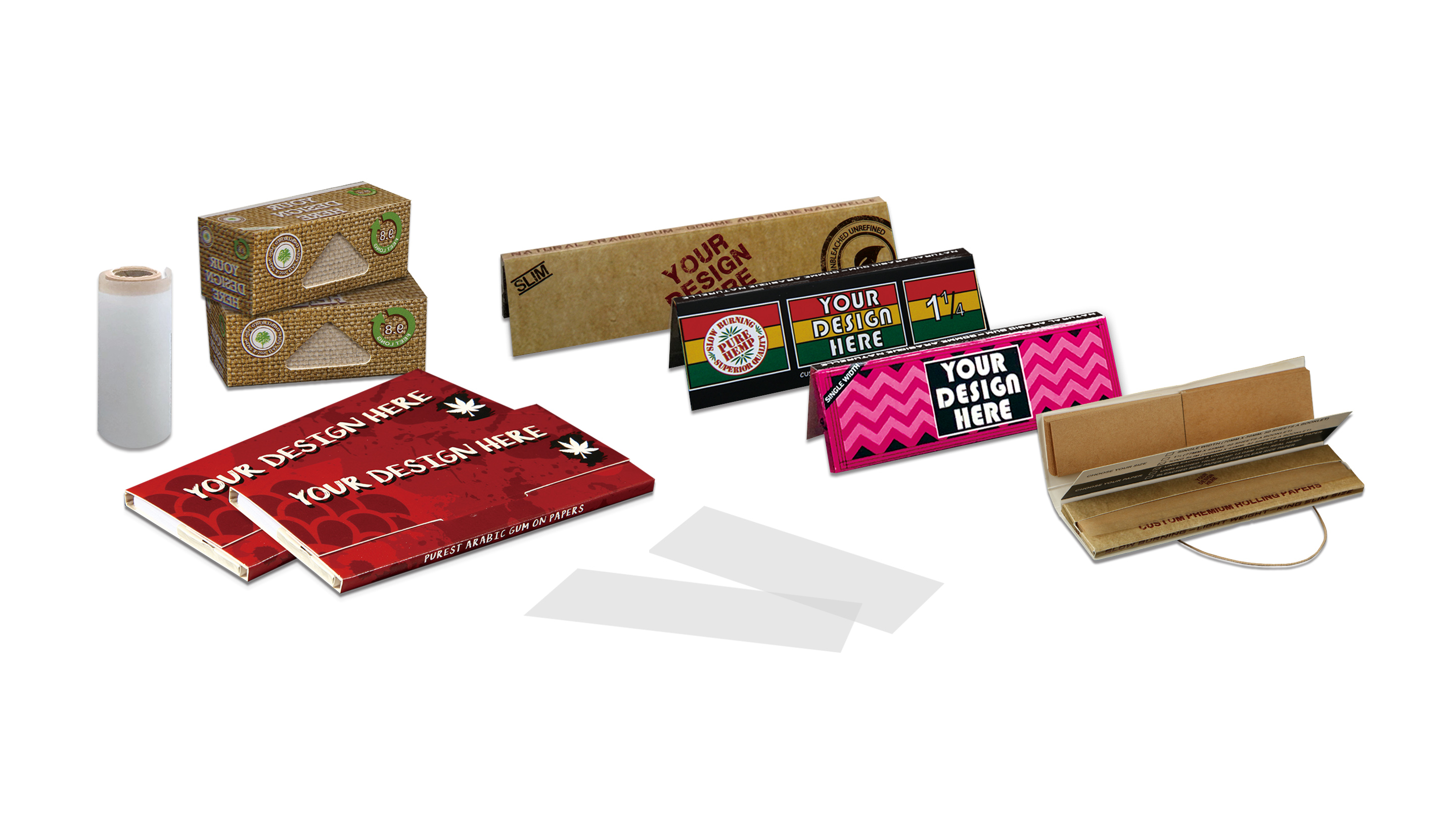

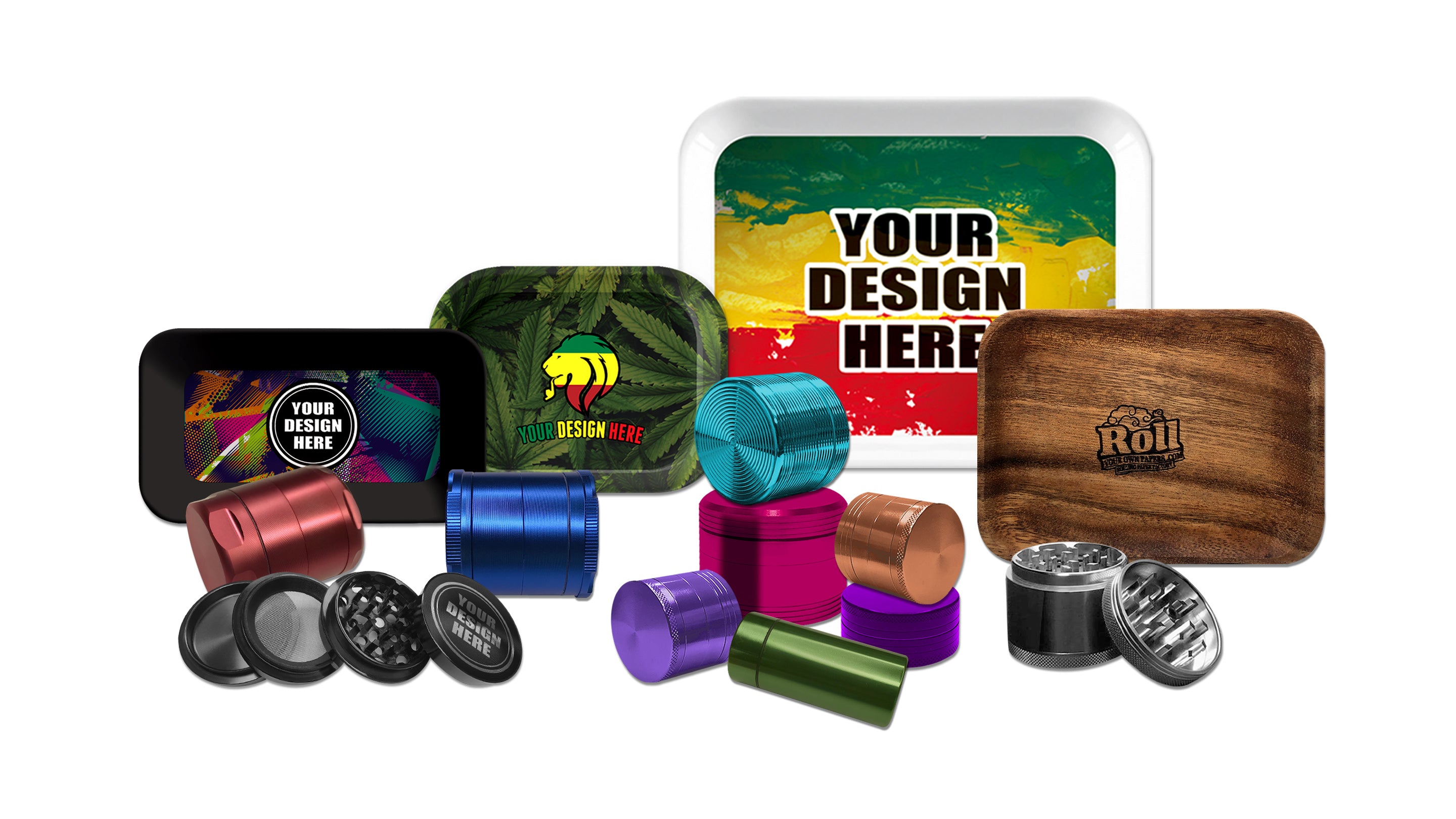
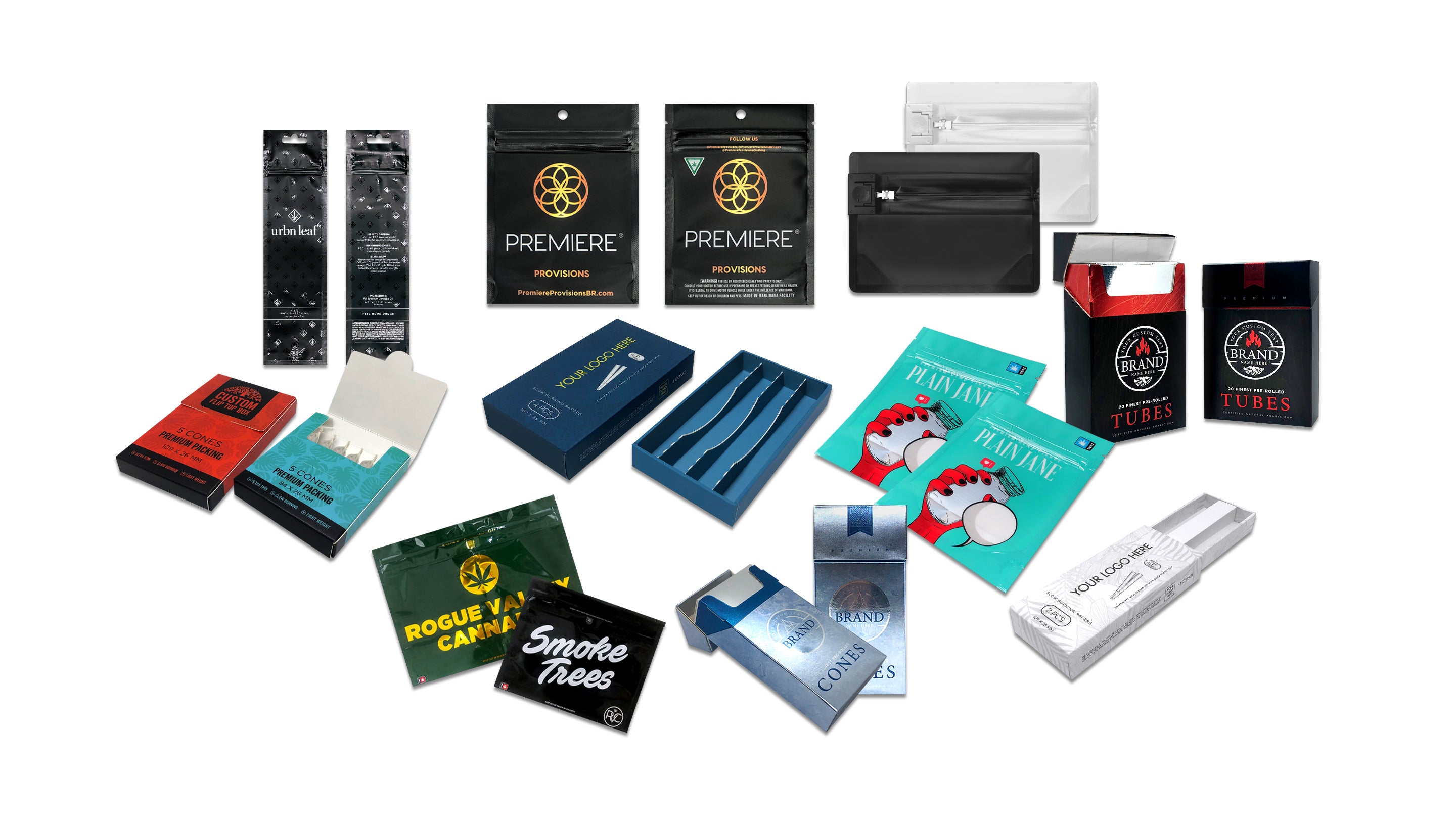
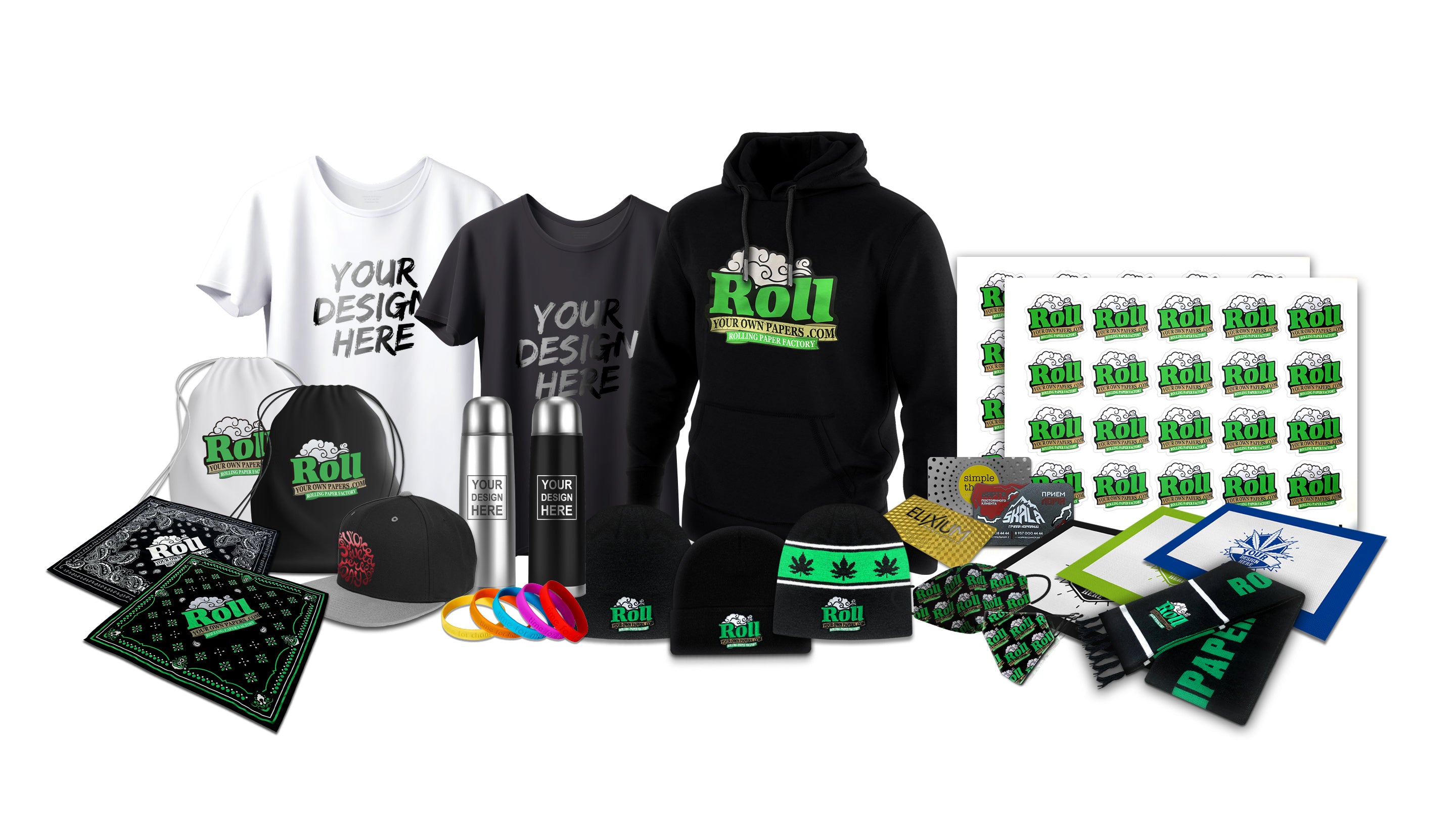
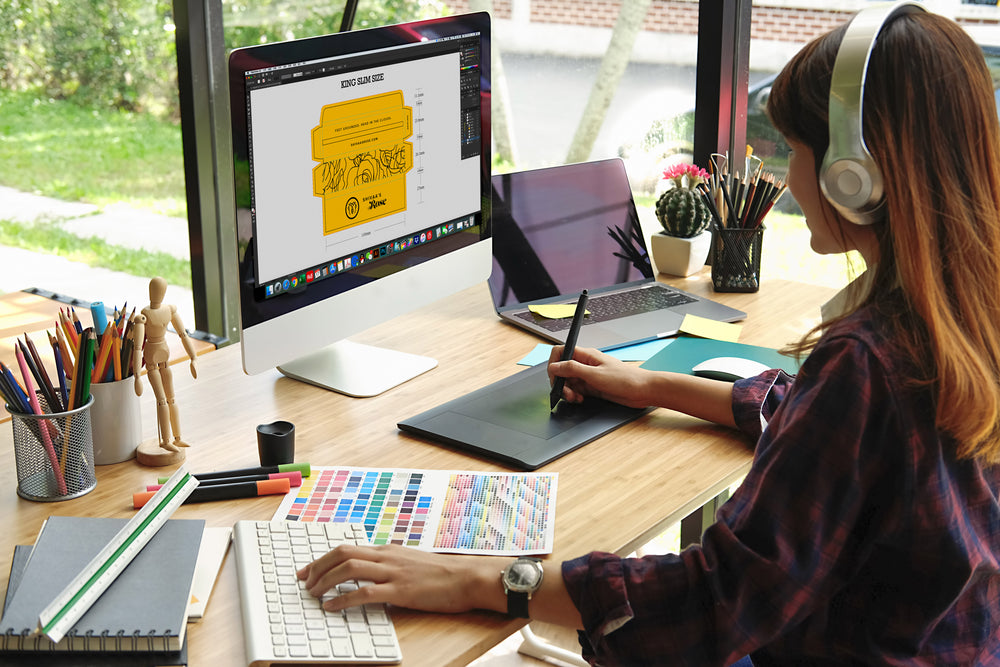





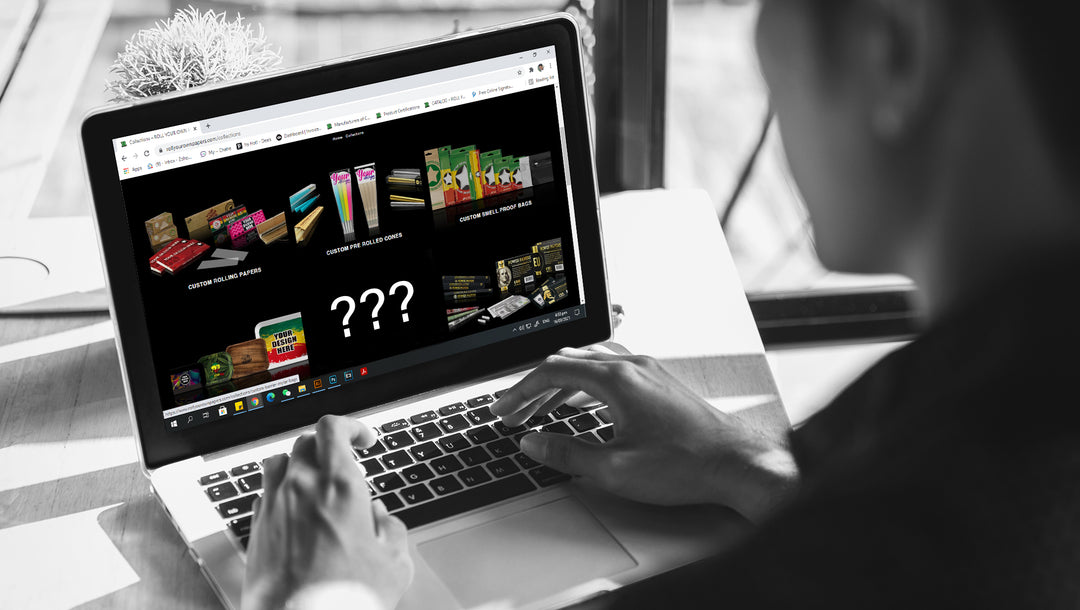
Leave a comment